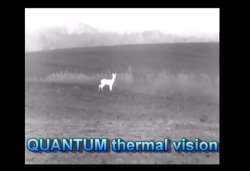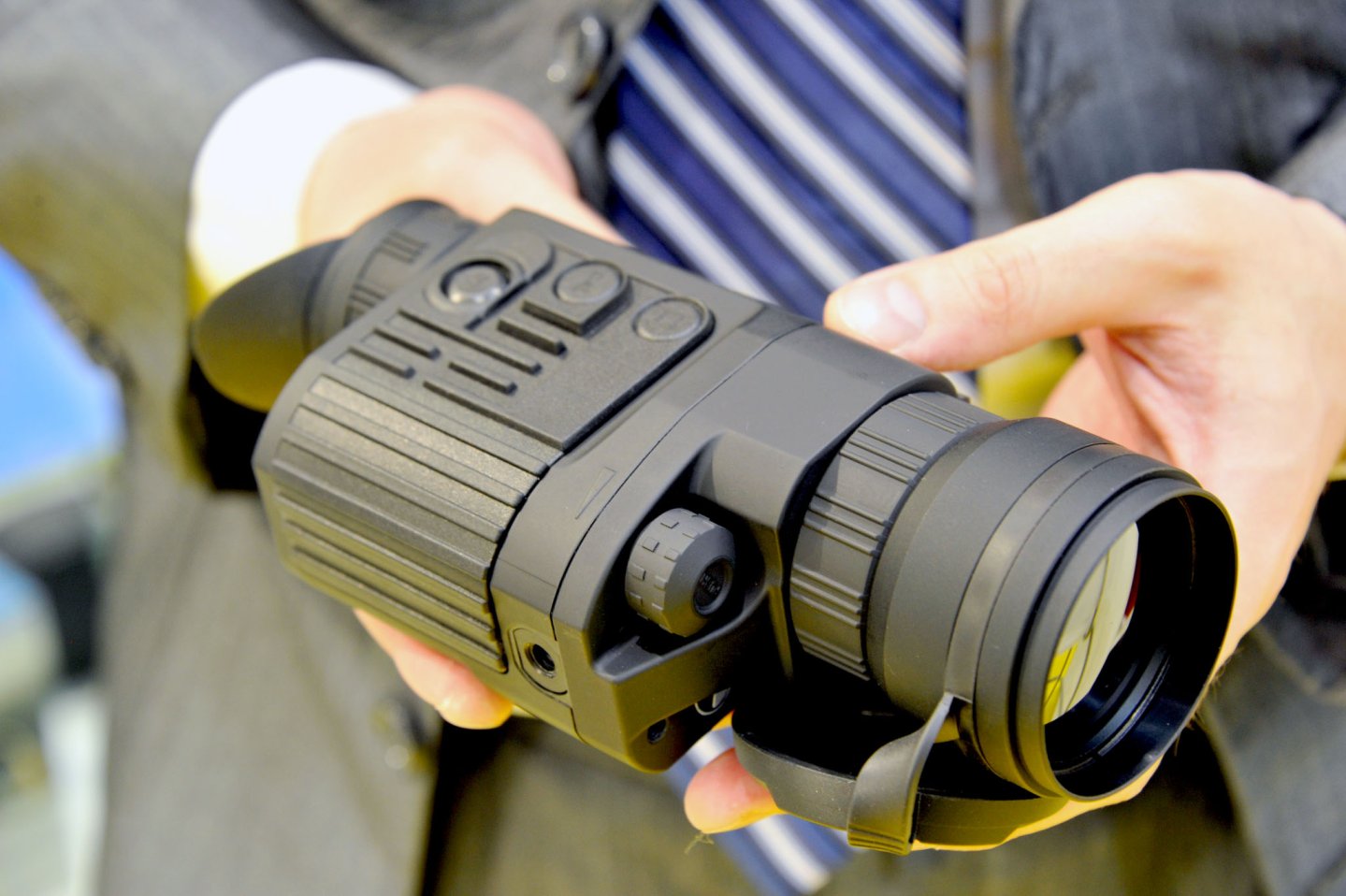Thermal imaging systems, namely those particular opto-electronic instruments capable of visualizing the heat that is emitted from bodies (be they animals, people or machines) have always been exclusive of military/government agencies (including firefighters), universities and research institutes or large engineering companies. There are many uses for such devices, in truth far more than the "simple" night vision use, such as critical electrical circuit maintenance, control of heat loss in buildings and machines, medical research... to date, thermal imaging systems always came with outrageous price tags, ranging in the tens if not hundreds of thousands of Euros.

With the introduction, years ago, of room temperature sensors based on the microbolometer, which are many times cheaper and simpler than the Liquid Nitrogen or Stirling cycle heat pump cooled sensors, the price of these instruments has gradually dropped to be actually affordable by a private ctiizen.
The Pulsar Quantum HS19 is a Thermal imaging monocular designed around an European manufactured FPA (Focal Planar Array) microbolometer sensor, sensitive to the range of electromagnetic wavelengths comprised between 8.3 and 13.6 um, with a resolution of 160x120 pixels.
Relatively compact in size, comparable to a digital night vision device, the Pulsar Quantum HS19 is powered either with four AA batteries or an optional external rechargeable battery pack that provides greater autonomy.
The objective lens in Germanium has a magnification ratio of 2.5x, and the HS19 features a digital zoom function.
The image is electronically displayed in the eyepiece on a DLP screen with a resolution of 640x480 pixels and a refresh rate of 30 Hz, with the ability to invert the colors (white / black = hot).
The Pulsar Quantum HS19 also offers a video output for recording or remote viewing in standard NTSC / PAL.


